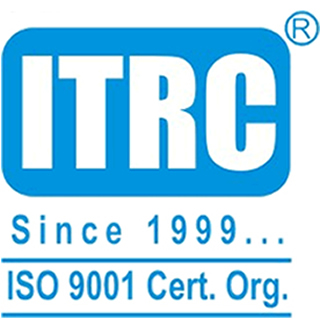Admission Guideline for minority school by HRD ministry

The Ministry held a meeting with various stakeholders on the August 14, 2010 for defining a procudure and guidlines for admission, which would also comply by RTE Act, specifically with section 13(1) read with section 2(0) of the Act.
Section 13(1) of the Right of Children to Free and Compulsory Education (RTE) Act 2009 provides : while admitting a childno screening procedure of the child or their parent should be conducted.
Section 2(0) of the RTE Act defines the term 'screening procedure' to mean the 'method of selection for admission of a child, in preference over another, other than a random method'. Further, section 12(1)(c) of the Act provides that unaided schools and specified category schools shall admit at least 25 per cent of the strength of class1, children belonging to weaker section and children belonging to disadvantaged group from the neighborhood and provide them free and compulsory education till completion of elementary education.
Further, where the school admits children at pre-primary level, such admissions shall be made at that level.
The objective of the provisions of section 13(1) read with section 2(a) is to ensure that schools adopt an admission procedure which is non-discriminatory, rational and transparent and that schools do not subject children and their parents to admission tests and interview in order to decide whether they will admit a child or not.
Admission tests and interviews are generally a tool for profiling and eliminating children, and therefore, screening to assess a child's intelligence' should be prohibited. The RTE Act is approved in the belief that availability of equal educational opportunities to children belonging to different social and economic background will reinforce the idea of equality ensures to our Constitution and ensure that children are not discriminated on the basis to social or economic background or any such criteria.
There is need for moving towards composite classrooms with children from diverse backgrounds rather than homogenous and exclusivist schools. It is an academically established point that heterogeneity in the classroom leads to greater creativity.
Keeping these objectives in view, the following guidelines have been issued by the HRD ministry under section 25(1) of the RTE Act, 2009:
(i) With regard to admissions in class 1 (or pre-primary class as the case may be) under section 12(1)(c) of the RTE Act in unaided and 'specified category' schools, schools shall follow a system of random selection out of the applications received from children belonging to disadvantaged groups and weaker sections for filling the pre-determined number of seats in that class, which should not be not less than 25 per cent of the strength of the class.
(ii) For admission to the remaining 75 per cent of the seats (or a lesser percentage depending upon the number of seats fixed by the school for admission under section 12(1)(c), in respect of unaided schools and specified category schools, and for all the seats in the aided schools, each school should formulate a policy under which admissions are to take place.
This policy should include criteria for categorization of applicants in terms of the objectives of the school on a rational reasonable and just basis. There shall be no profiling of the child based on parental educational qualifications. The policy should be placed by the school in the public domain, given wide publicity and explicitly seated in the school prospectus.
There shall be no testing and interviews for any child/parent falling within or outside the categories, and selection would be on a random basis. Admission should be made strictly on the basis.






